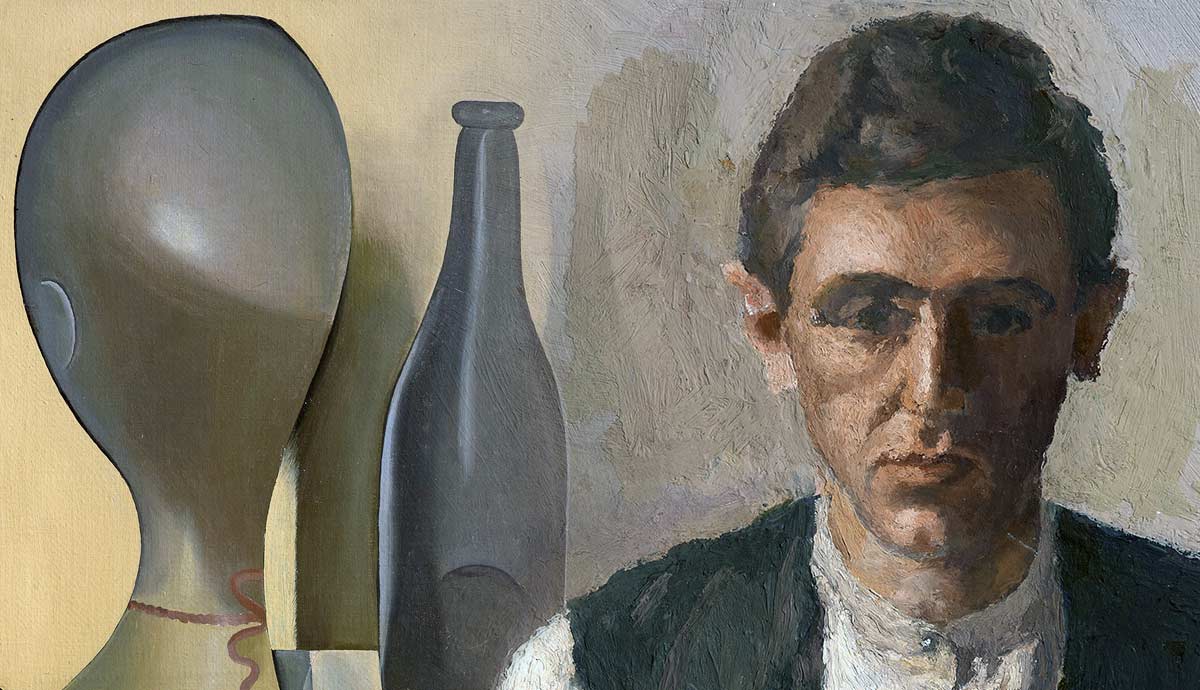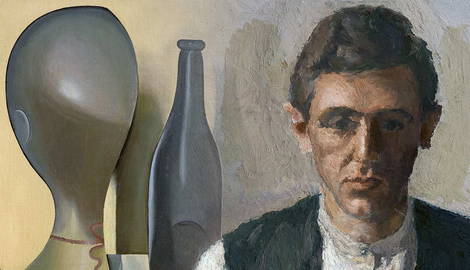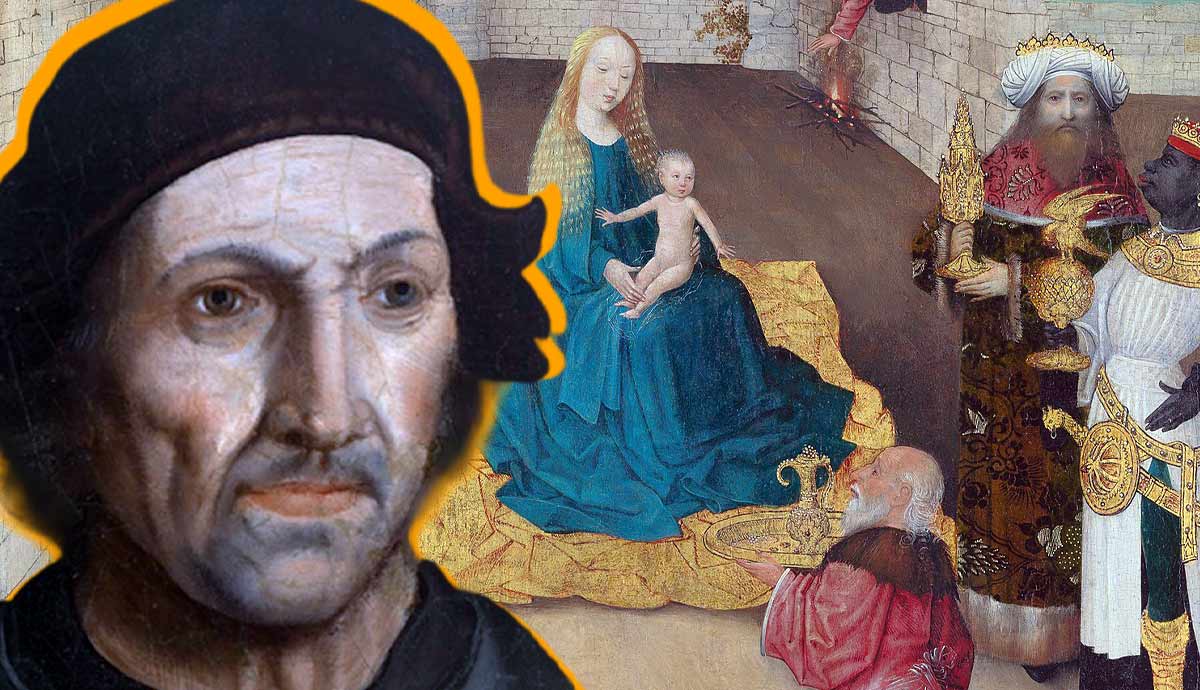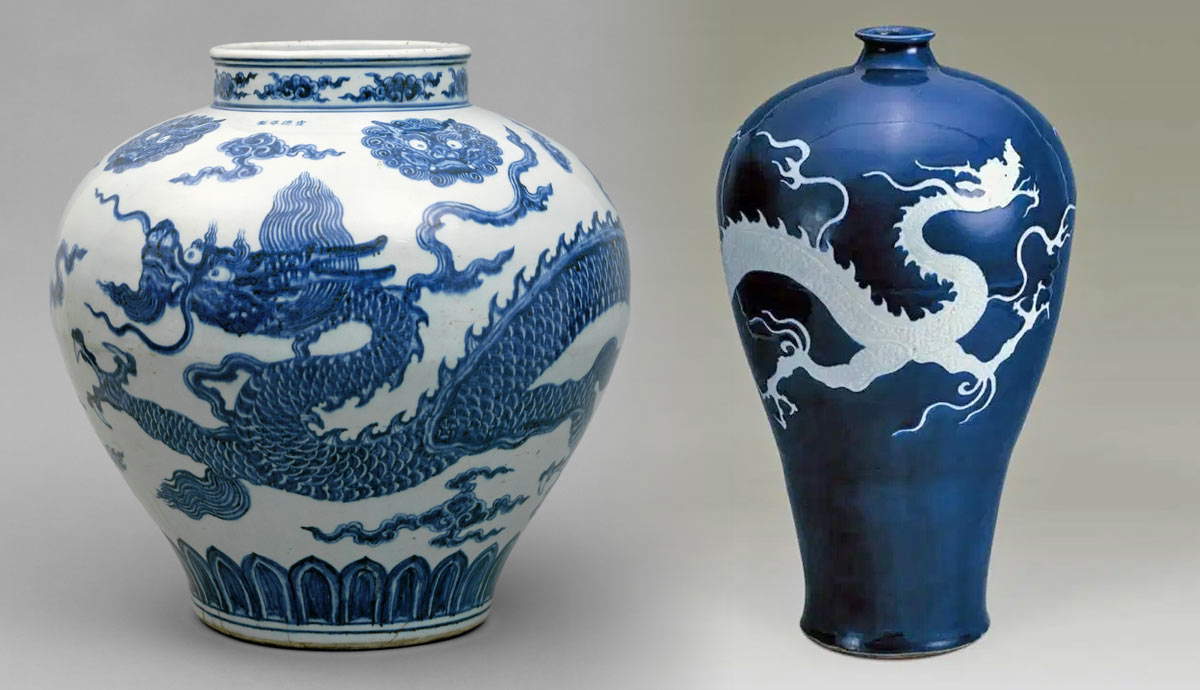
Giorgio Morandi was an Italian artist best known for his still life paintings of bottles and vases. Morandi focused not on bold concepts or bright imagery but on composition and color. He deliberately stripped his objects of their practical functions to focus on pure form. Read on to learn 9 important facts about Giorgio Morandi, the painter of the subtle tones and harmonic arrangements.
1. Giorgio Morandi Started With Metaphysical Painting

Giorgio Morandi was born in 1890 in Bologna, Italy, where he would spend most of his life. He was the oldest of eight siblings and became the head of his family at just 19 when his father unexpectedly died. He studied painting in the Bologna Fine Arts Academy and taught himself etching by studying the prints made by Rembrandt.
The earliest artistic period of Morandi that brought him recognition was the time of his association with Pittura Metafisica or Metaphysical Painting, invented by Giorgio de Chirico and Carlo Carra. However, Morandi did not stay affiliated for too long and soon developed his own artistic view on the concept. In his later interviews, the artist stated that he has always been a proponent of art for the sake of art. He searched for eternal values that remained unchained from era to era rather than following trends dictated by political and social ideas.
2. Morandi Was Unmoved by Trends and Inspired by Masters

Despite living through arguably the most prolific decades in the history of art, Morandi was not swayed by the rapid succession of art movements. Symbolism and Art Deco gave way to Cubism and Expressionism, and Surrealists and all forms of abstraction settled into the market, but Giorgio Morandi remained fixated on his own style and form. He was well aware of the many artistic developments that unfolded in Europe but chose to respectfully ignore them and focus on his own creative world.
Still, a distinctive influence on Giorgio Morandi’s work came from one of the most famous and influential French artists of all time, Paul Cezanne. Although Morandi never visited France, he had a chance to see a collection of Cezanne’s work exhibited during the Venice Biennale. Later, he claimed he was the first Italian artist to recognize and understand the pictorial innovation of Cezanne. Similarly to Morandi, Cezanne worked extensively with still lifes and landscapes. The core of his artistic concept relied on breaking all existing objects into combinations of simple geometric forms—cylinders, cones, and spheres. Morandi accepted this idea and applied it to his own works. He was also an avid fan of Caravaggio and, on every trip throughout Italy, religiously attended locations where his works were present.
3. He Lived Through the Darkest Decades of Italian History

Giorgio Morandi was drafted at the beginning of World War I as a young man. Due to his outstanding height, Morandi was assigned to serve in the artillery, but he lasted there for only a few months. Soon, Morandi had a nervous breakdown and was discharged from the army. However, the dark chapter of European history was only beginning.
For more than two decades of the fascist regime of Benito Mussolini, Morandi remained in Italy. He never joined any sort of political party. Although he occasionally published essays in artistic magazines affiliated with the fascists, he had many friends, including artists and art historians who belonged to the underground anti-fascist resistance.
Morandi’s protest against the violence and brutality of the regime was an aesthetic one. In a society that valued direct, clear, and naturalistic messages, he worked with subtle contrasts, complex arrangements, and intellectualism. Fascist culture claimed to bring back the aesthetic values of the great Italian past with its antiquity-inspired art, but it was Morandi who truly appreciated the historical legacy of his land. In his way of work, he was related to the great artists of the Italian Renaissance with their intellectual effort and fine work.
4. He Never Titled His Works

Despite working on rather small-scale paintings, Morandi worked slowly and carefully. He lived frugally and had no goal of turning his art into a financially secure career. Despite all that, his work sold quite well. Over his lifetime, Morandi painted more than 1,300 works, most of them still lifes.
Despite working with clearly material and often utilitarian objects, Giorgio Morandi always highlighted that his works did not have a metaphysical or symbolic subtext to them. He painted exactly what he wanted to paint, concerned with forms and harmonies. All titles attributed to his works were made up by the art collectors who purchased them. Morandi stripped his objects out of their man-made contexts and presented them as they were, allowing symbolisms and interpretations to grow anew.
5. He Never Painted Living Flowers

A specific segment of Giorgio Morandi’s paintings concerned still lifes with flowers. Surprisingly, he only worked with dry or artificial flowers, never painting actual living ones. This was partially a nod to the tradition of arranging bouquets from handmade and hand-dyed silk and velvet flowers, prominent in Bologna in the 19th century.
Morandi also rarely worked with space in its traditional sense. He did not occupy himself with painting the structure of furniture or the flat planes of tables and walls within which his arranged objects existed. Instead, he allowed the objects, their shadows, and their interactions with each other to create three-dimensional space within a painting.
6. Morandi’s Objects Were Strangely Impractical

Despite the seemingly familiar nature of his compositions, Morandi’s still lifes began to seem strange under close observation. Familiar vases and bowls developed strange lumps or seemed to have no functional vessel space. Morandi was not painting objects but compositions. Instead, keeping in mind their practical function, he constructed his scenes from elements like musical pieces assembled from sounds. He focused on the subtle color combinations and the interplay of lines, leaving the materiality behind. In a sense, that brought him closer to his colleagues’ experiments with abstract art.
7. He Covered His Objects in Plaster

Morandi used regular household objects like vases of bottles as his work props. These objects, although made from glass or porcelain, never demonstrated their distinctive material qualities in the artist’s work. There was no transparency of glass or texture of ceramics in Morandi’s works. Before starting to work on a still life, he used to cover each object with a thick layer of plaster and paint it in colors that suited his idea. He deliberately layered plaster unevenly and roughly to ruin one’s expectation of an object and to make it entirely dysfunctional.
8. He Also Painted Landscapes

Although Morandi was known as the painter of still lifes, he created quite a lot of landscapes as well. However, his choice of scenes was surprisingly limited. While living in Bologna, he painted only his family home’s yard from different angles and at different times of the year. Similar to his still lifes, Morandi’s landscapes do not have the practical or social context of their scenes, normally present in such works. Even the landscapes he painted in the wartime years had no markers of their era, such as anxiety or disturbance.
To paint a landscape, Morandi first cut out a small cardboard frame and used it to observe the scene in front of him, setting his creative boundaries. To make sure he would not change his position while painting from nature, he outlined his feet with chalk.
9. Giorgio Morandi Is One of the Most Underrated Modern Artists

Giorgio Morandi is a surprisingly boring artist to study if you are looking for a bold personality with an exciting biography. He did not start a family of his own and lived with his mother and three sisters. He did not even have a separate studio, and worked in his bedroom in the family home, which did not have a separate entrance. To take a look at Morandi’s easel, one had to move through his sisters’ room first. He never visited Paris, which was considered the capital of cutting-edge art at the time, and traveled abroad only twice to attend his own exhibitions in Switzerland.
For a while, he was known as “a painter’s painter,” difficult to categorize and define. The subtlety of his work did not have a shocking or astonishing immediate effect on a random viewer. The core of Morandi’s life and art is the deeply rooted mental and emotional activity that did not require bold gestures of travel. Morandi’s paintings require attention and intellectual effort.










